1 of
You are browsing the full text of the article: Private Collections of Ancient Sculpture in Rome
Click here to go back to the list of articles for
Issue:
Volume: 2 of The American Art Review
| The American Art Review Volume 2 Issue: 1 November 1880 Page: 7 | ||||||||||||||||||||||||||
| Private Collections of Ancient Sculpture in Rome By Thomas Davidson | ||||||||||||||||||||||||||
|
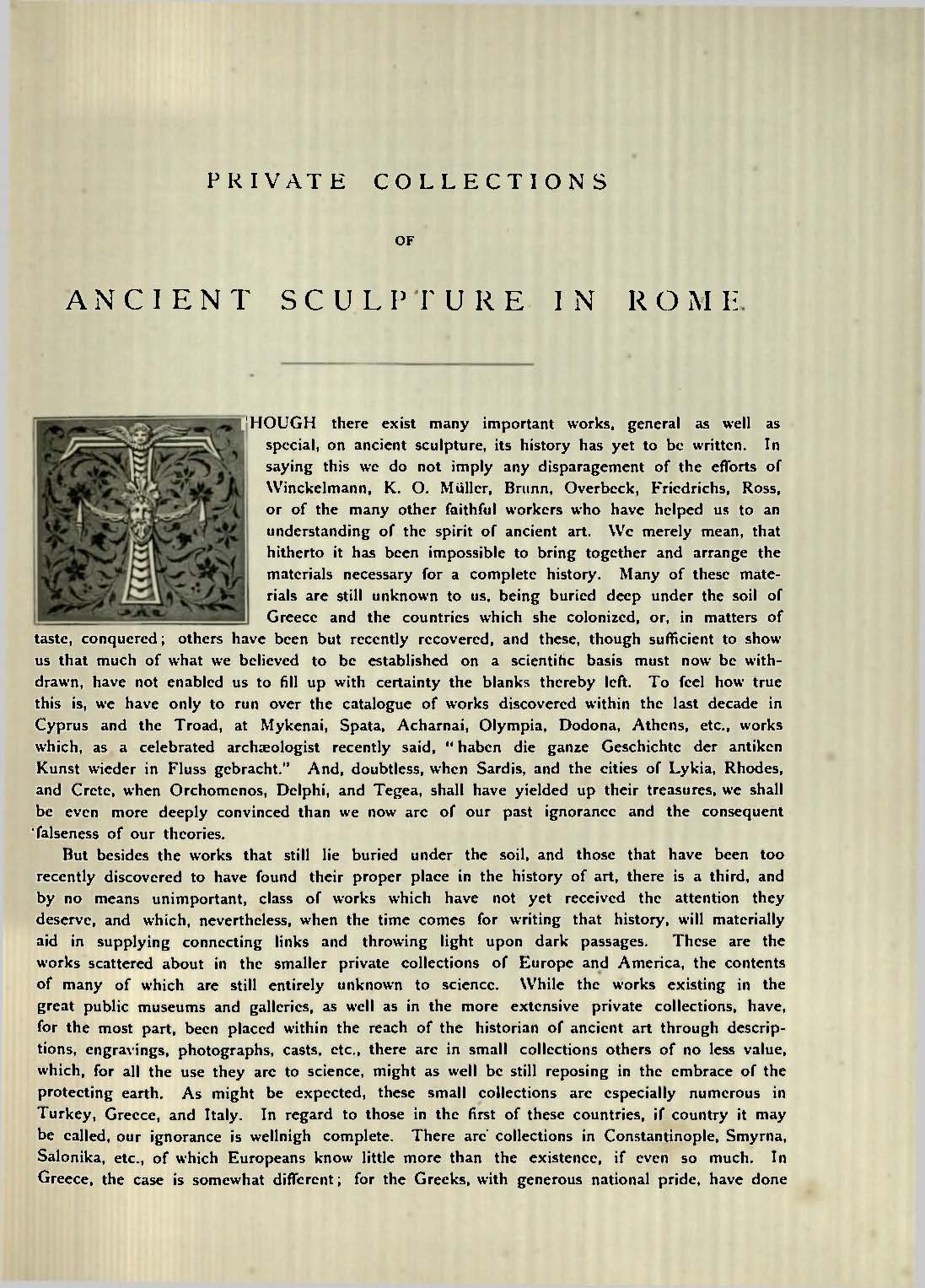
|
|
||||||||||||||||||||||||
| The American Art Review Volume 2 Issue: 1 November 1880 Page: 8 | |||||||||||||||||||||||||||||
| Private Collections of Ancient Sculpture in Rome By Thomas Davidson | |||||||||||||||||||||||||||||
|
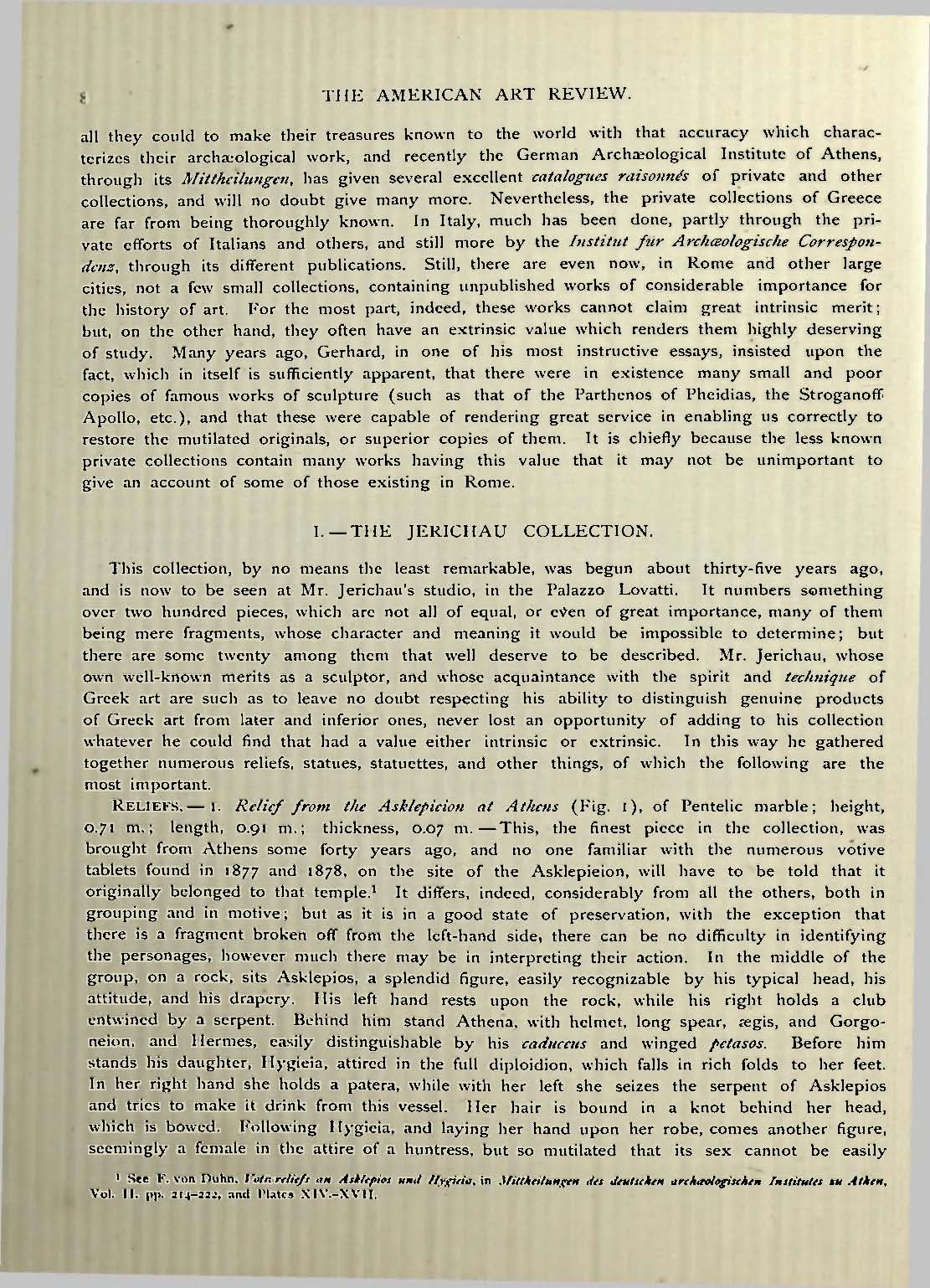
|
|
|||||||||||||||||||||||||||
| The American Art Review Volume 2 Issue: 1 November 1880 Page: 9 | |||||||||||||||||||||||||||||
| Private Collections of Ancient Sculpture in Rome By Thomas Davidson | |||||||||||||||||||||||||||||
|

|
|
|||||||||||||||||||||||||||
| The American Art Review Volume 2 Issue: 1 November 1880 Page: 10 | |||||||||||||||||||||||||||||
| Private Collections of Ancient Sculpture in Rome By Thomas Davidson | |||||||||||||||||||||||||||||
|
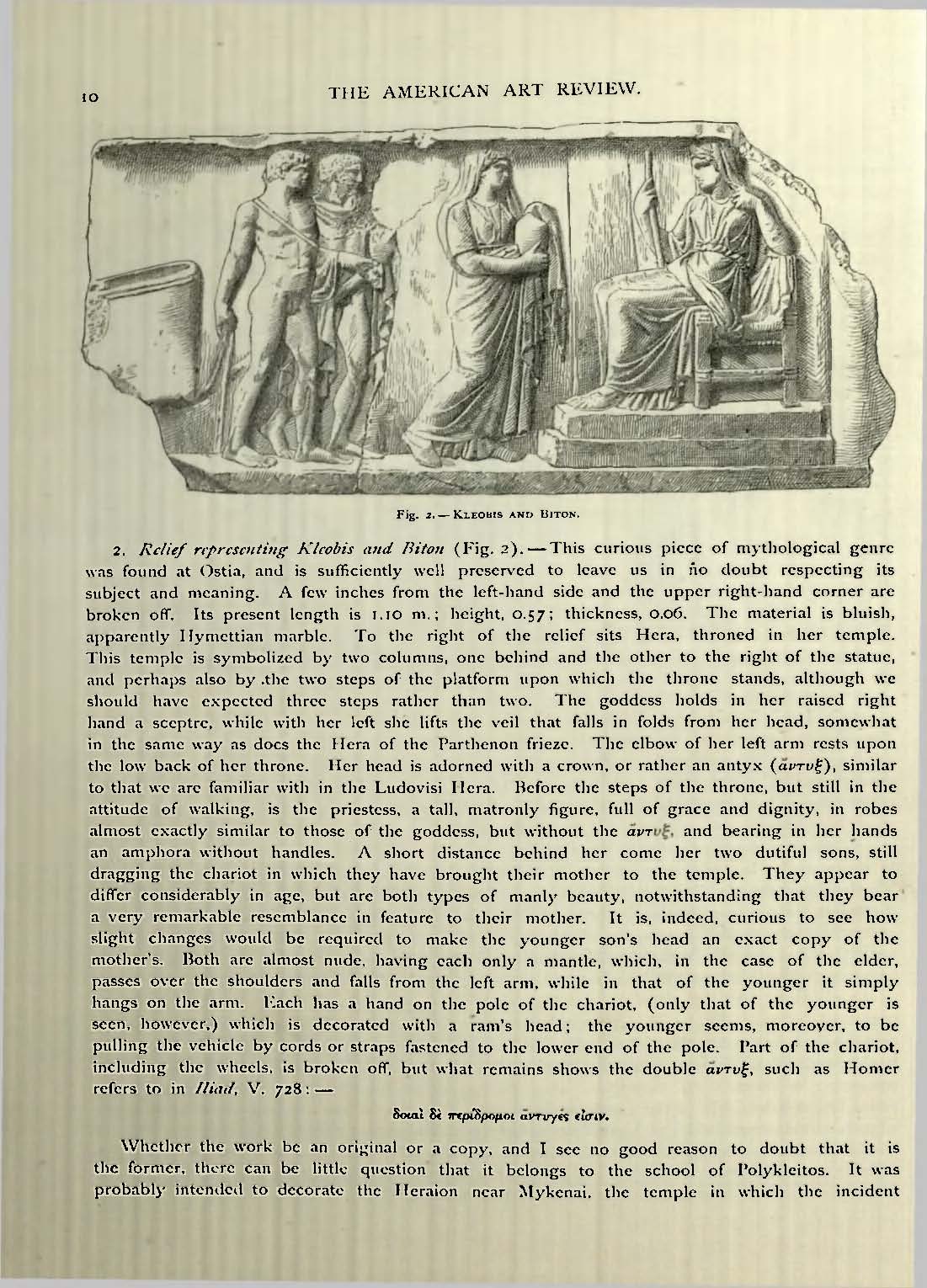
|
|
|||||||||||||||||||||||||||
| The American Art Review Volume 2 Issue: 1 November 1880 Page: 11 | |||||||||||||||||||||||||||||
| Private Collections of Ancient Sculpture in Rome By Thomas Davidson | |||||||||||||||||||||||||||||
|
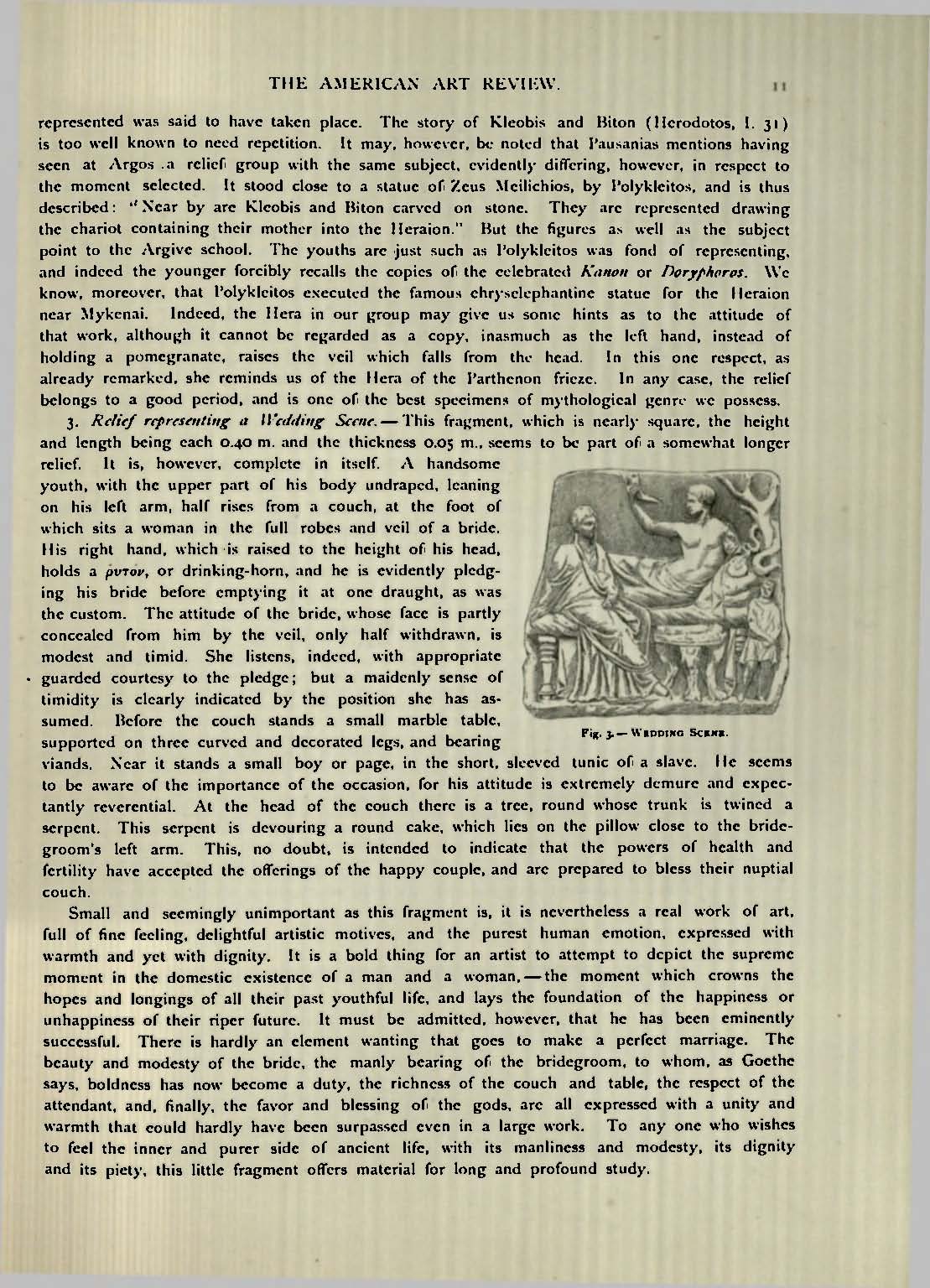
|
|
|||||||||||||||||||||||||||
| The American Art Review Volume 2 Issue: 1 November 1880 Page: 12 | |||||||||||||||||||||||||||||
| Private Collections of Ancient Sculpture in Rome By Thomas Davidson | |||||||||||||||||||||||||||||
|
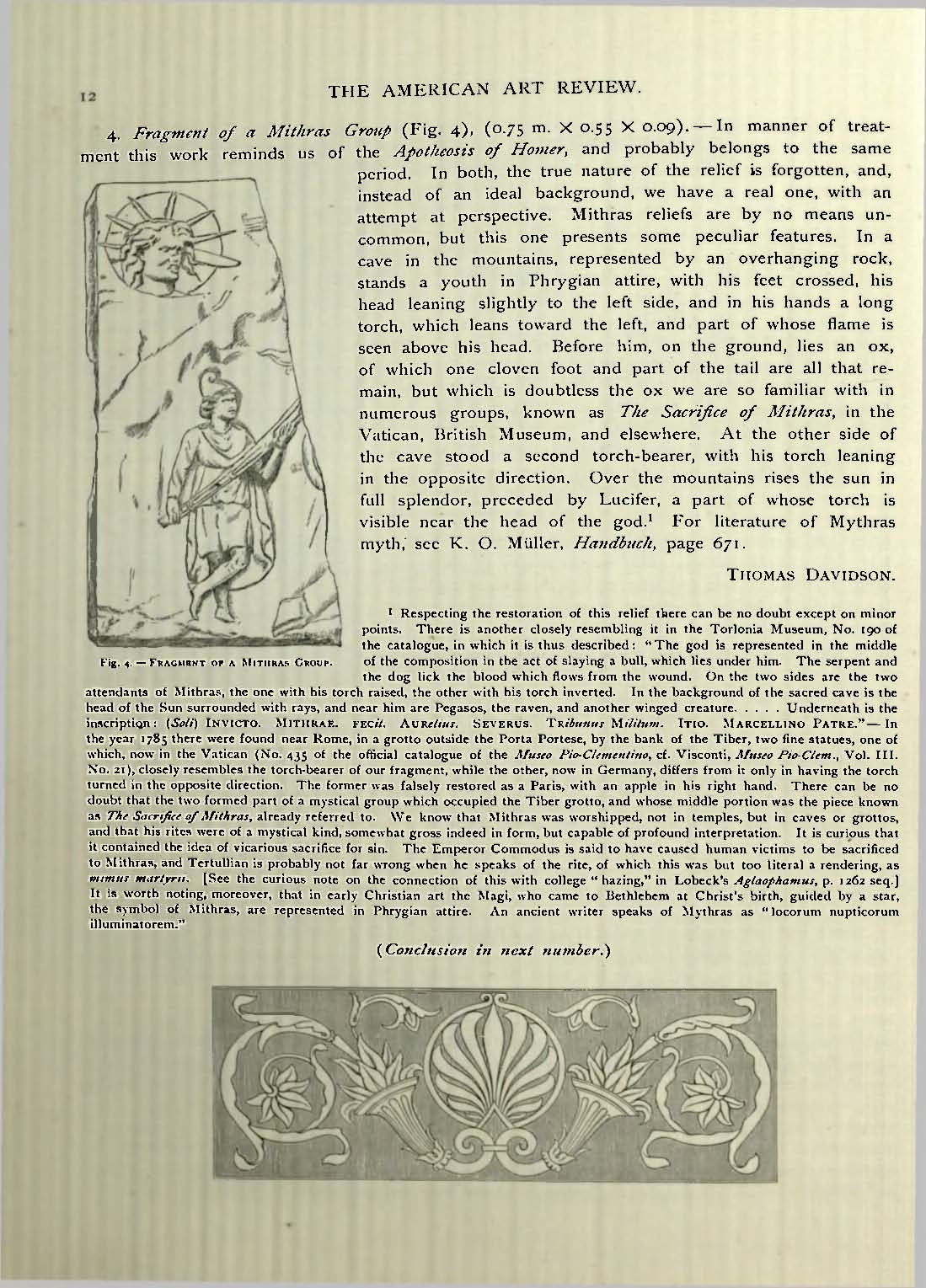
|
|
|||||||||||||||||||||||||||





